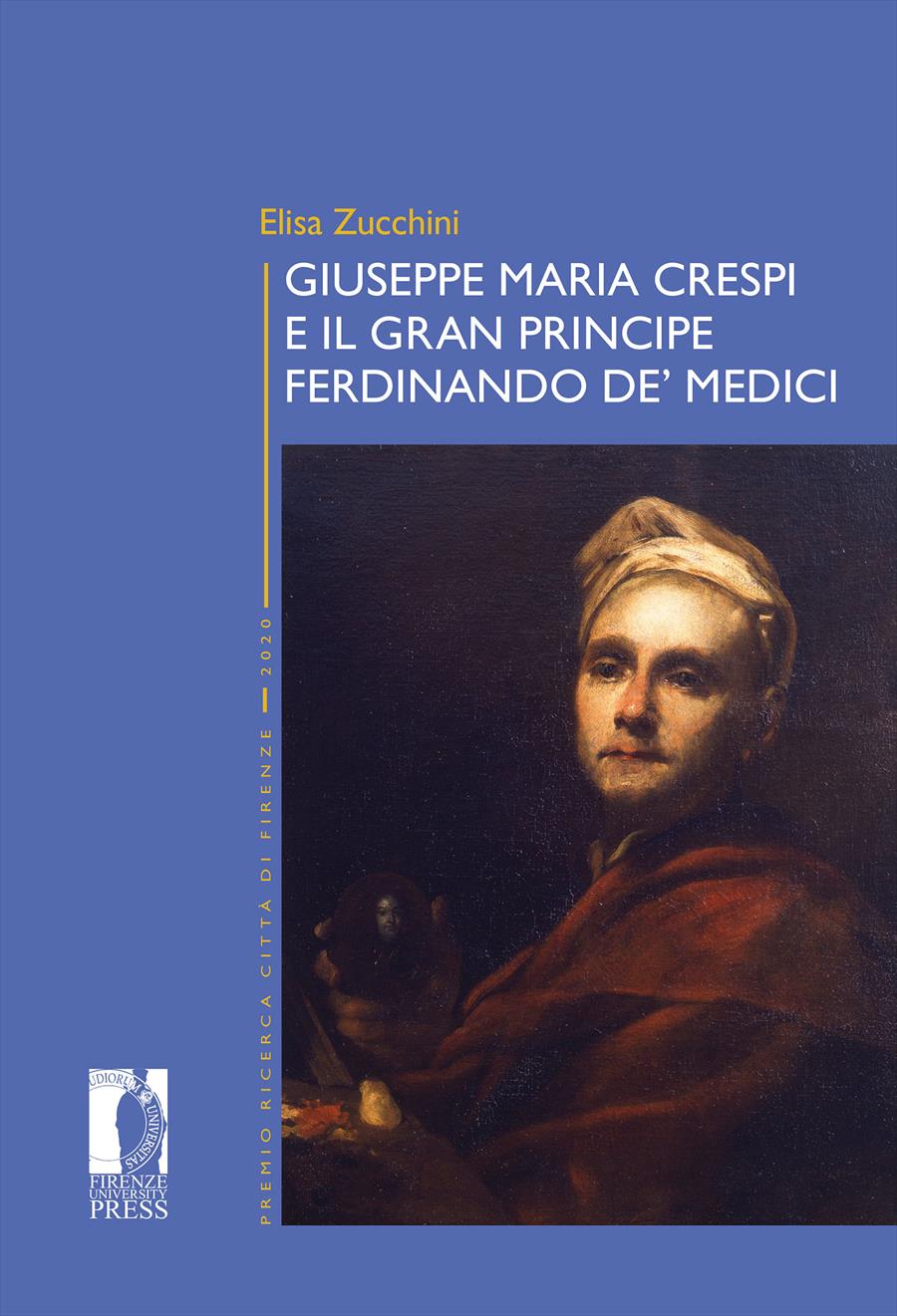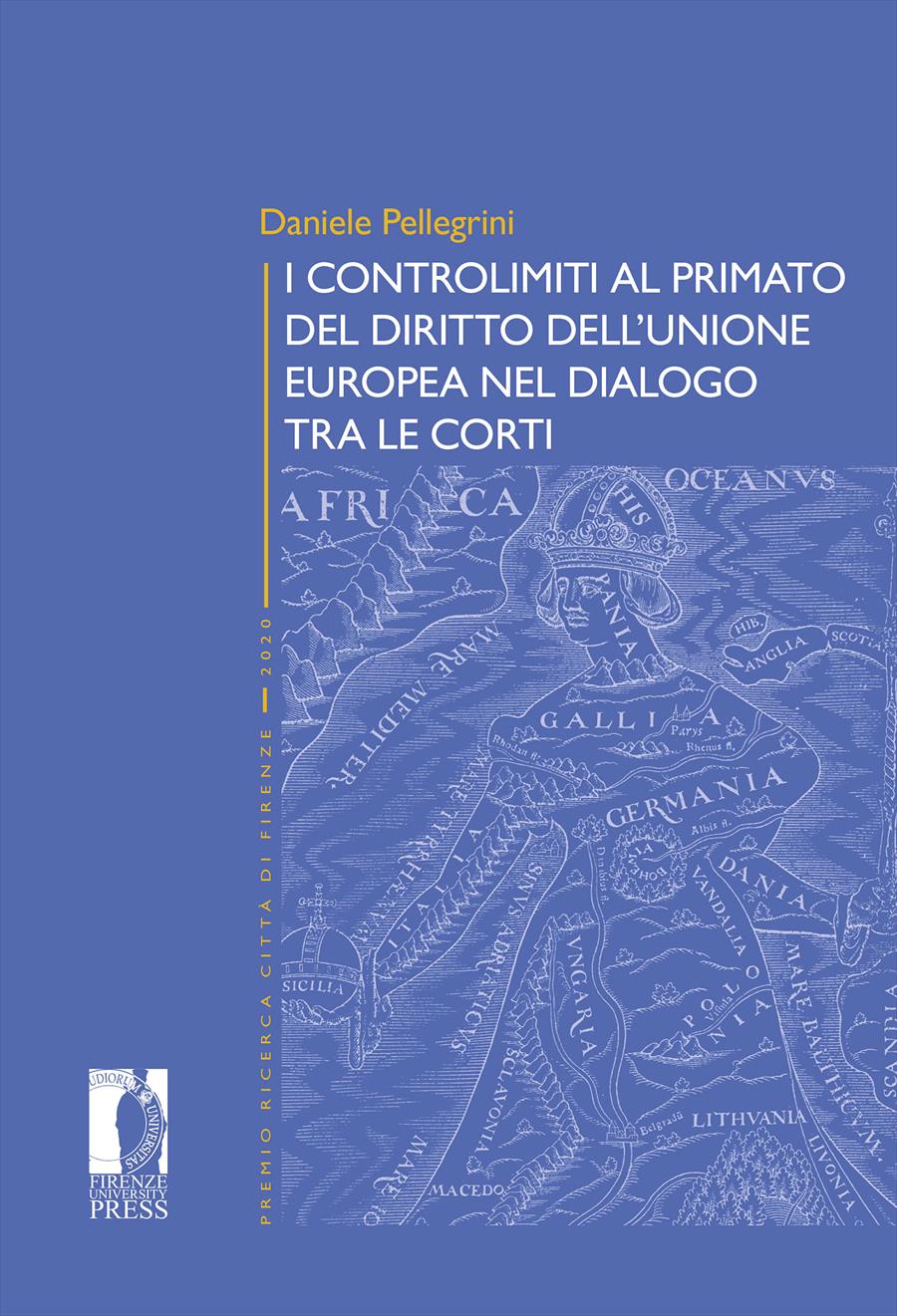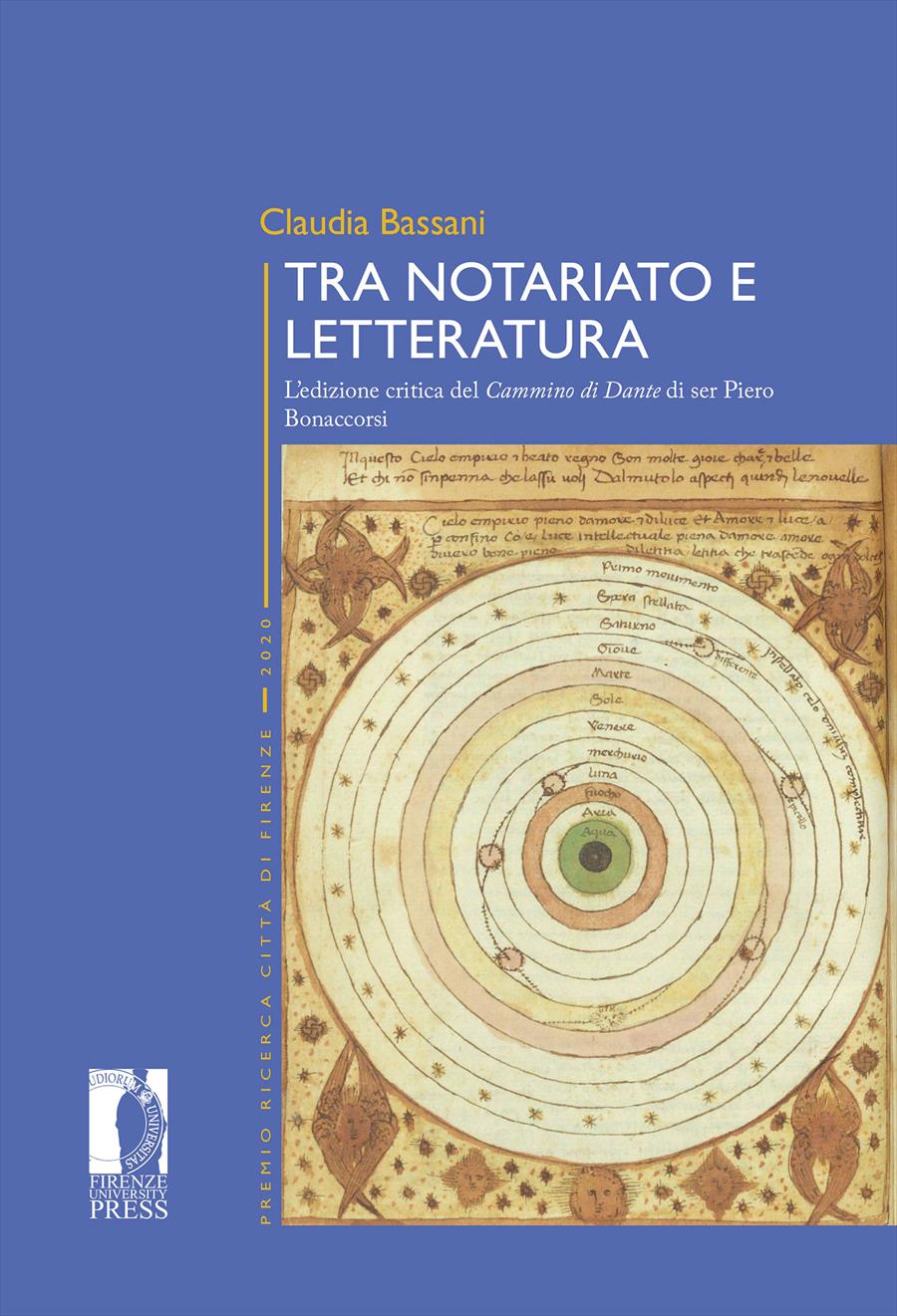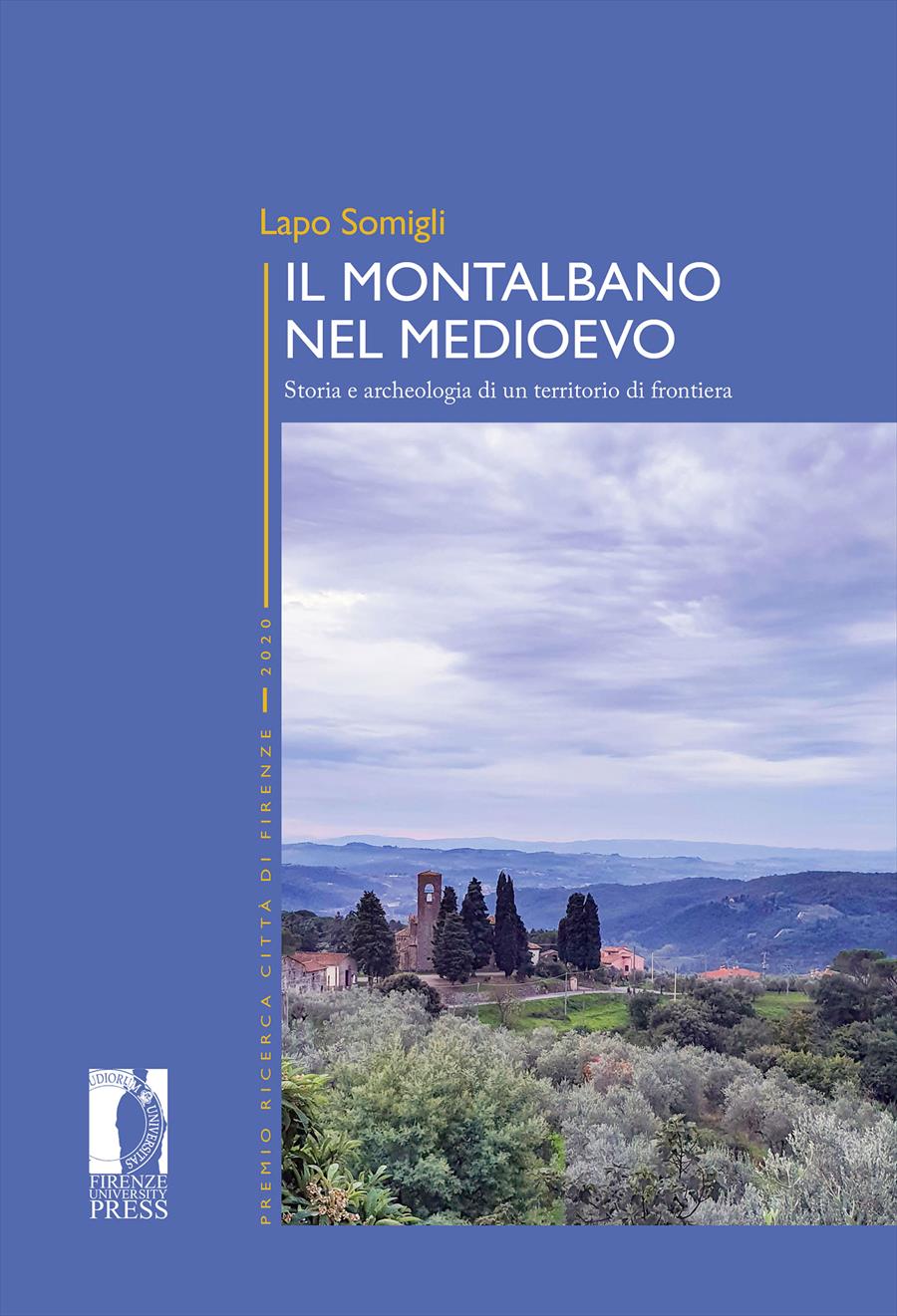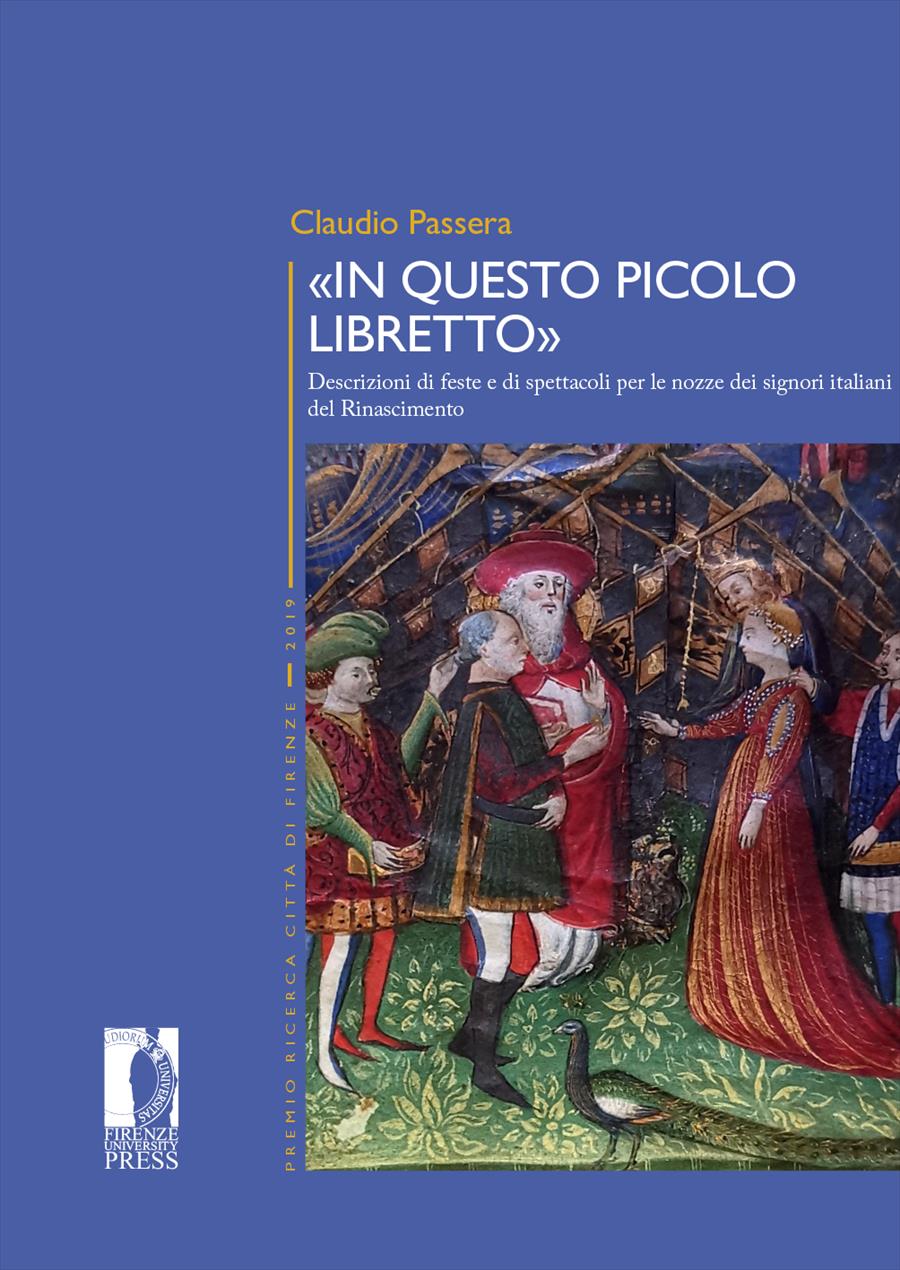La "stereotomia scientifica" in Amédée François Frézier
Prodromi della geometria descrittiva nella scienza del taglio delle pietre
- Marta Salvatore,
Cut-stone constructions are made of pre-hewn blocks dry assembled on top of each other. Owing to the formal complexity characteristic of these works, in order to design them it is necessary to have knowledge of the theory of lines, surfaces and their properties, as well as knowledge of the representation methods capable of rendering them on a plane surface. This knowledge set makes stereotomy the science that anticipates, in terms of theory and tools, modern descriptive geometry. These are the reasons for seeking the beginnings of descriptive geometry in stereotomy, that is, the reasons for the transformation of the mason's art of cutting stone into a bona fide science. Frézier's work fits among the last theoretical essays prior to the géométrie descriptive of Gaspard Monge. It is a treaty on solid geometry, devoted to the shape of the bodies, their intersections and the graphical methods necessary to represent them on a plane. In it the author draws up a rigorous theory that puts in place over two centuries of knowledge and experimentation on the subject of cutting stones.
- DOI: 10.36253/978-88-6655-279-6
- Series: Premio Ricerca «Città di Firenze»
- Scientific Board
- Language: Italian
- Subjects: Architecture
- Download PDF
-

- © 2012 Author(s)
- CC BY-NC-ND 3.0 IT
Sapienza University of Rome, Italy
- Publication Year: 2012
- Pages: 202
- eISBN: 978-88-6655-279-6
- Content License: CC BY-NC-ND 3.0 IT
- © 2012 Author(s)
- Publication Year: 2012
- eISBN: 978-88-9273-573-6
- Content License: CC BY-NC-ND 3.0 IT
- © 2012 Author(s)
Bibliographic Information
Book Title
La "stereotomia scientifica" in Amédée François Frézier
Book Subtitle
Prodromi della geometria descrittiva nella scienza del taglio delle pietre
Authors
Marta Salvatore
Peer Reviewed
Publication Year
2012
Copyright Information
© 2012 Author(s)
Content License
Metadata License
Publisher Name
Firenze University Press
DOI
10.36253/978-88-6655-279-6
eISBN (pdf)
978-88-6655-279-6
eISBN (xml)
978-88-9273-573-6
Series Title
Premio Ricerca «Città di Firenze»
Series ISSN
2705-0289
Series E-ISSN
2705-0297


